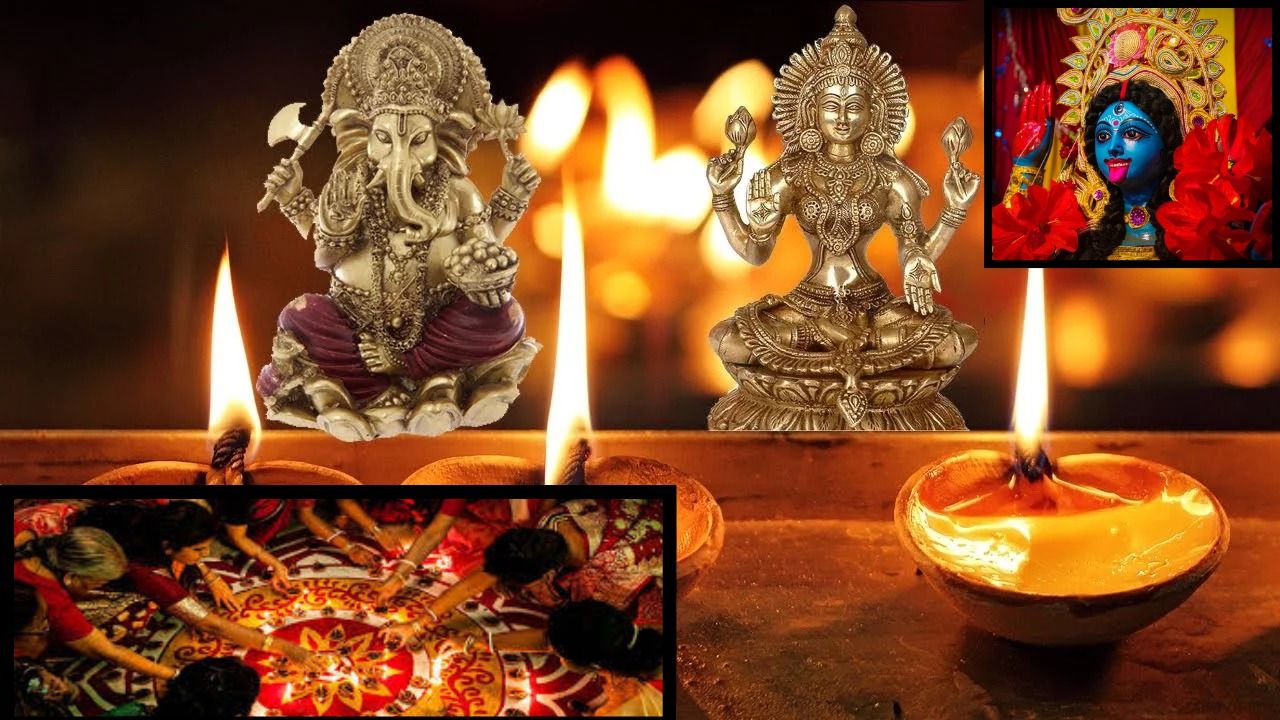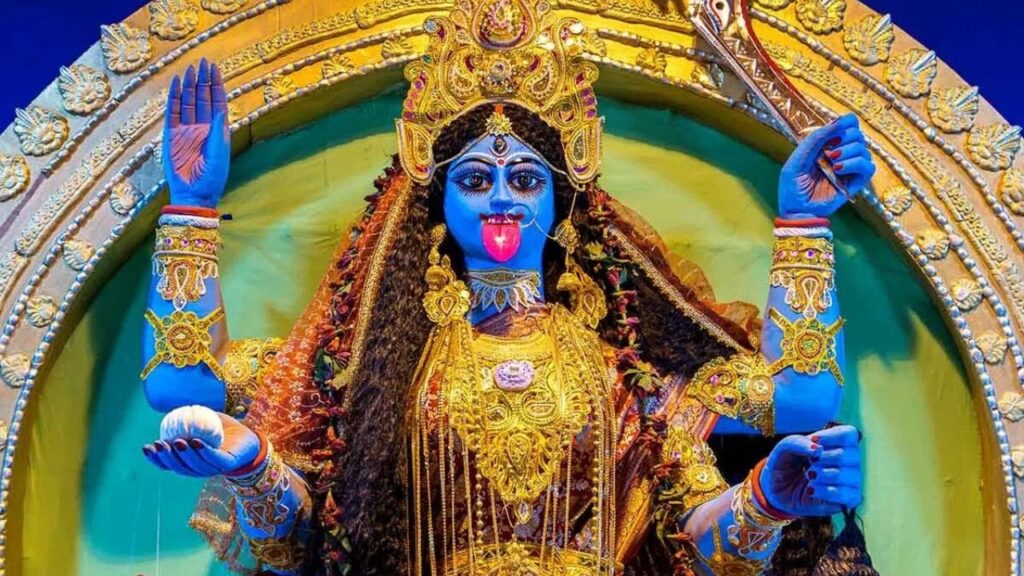 English
English

Diwali is celebrated across India with lights, sweets, and prayers, but traditions vary widely. From Kali Puja in West Bengal to the Lakshmi Puja in Maharashtra, how does the festival take unique forms in each region?

Diwali is celebrated nationwide with diyas, sweets, and fireworks
New Delhi: Diwali, also known as the Festival of Lights, is one of India’s most widely celebrated festivals, marking the victory of light over darkness and good over evil. While the festival generally involves lighting diyas, bursting fireworks, and sharing sweets, regional variations add unique colors and rituals, reflecting India’s diverse cultural heritage.
In states like Uttar Pradesh, Punjab, and Delhi, Diwali is associated with the worship of Goddess Lakshmi, the deity of wealth and prosperity. Homes are cleaned and decorated with diyas and rangoli patterns to welcome the goddess. Families exchange sweets and gifts, while the night is marked by spectacular fireworks and feasts. In some regions, Diwali coincides with the return of Lord Rama to Ayodhya, and dramatic enactments of the Ramayana are organized.
Diwali 2025: How can you keep your pets safe this festival season?
In West Bengal, Odisha, and parts of Assam, Diwali is celebrated primarily as Kali Puja, where devotees worship Goddess Kali instead of Lakshmi. The celebrations take place at night, with elaborate decorations, lamps, and special rituals performed in homes and temples. Unlike northern India, where the emphasis is on family gatherings, Kali Puja includes community events, cultural performances, and artistic displays dedicated to the goddess of power and time.

In West Bengal, Diwali is celebrated as Kali Puja
In Maharashtra, Diwali is synonymous with Lakshmi Puja, but it is preceded by Vasu Baras and Dhanteras, days dedicated to cattle, wealth, and prosperity. Businesses often start new accounting books, known as Chopda Pujan, praying for a prosperous financial year. Similarly, in Gujarat, the festival is tied to business communities and new beginnings, accompanied by colorful rangolis, diyas, and family feasts.
In southern states like Tamil Nadu, Karnataka, and Andhra Pradesh, the festival is known as Deepavali. While the core theme of good triumphing over evil remains, traditions vary. For example, in Tamil Nadu, people light lamps early in the morning, visit temples, and prepare traditional sweets like murukku and adhirasam. In Karnataka, oil lamps are floated in water bodies, symbolizing the removal of darkness from life.
Diwali 2025: Which sweets and savories are stealing the spotlight this festive season?
In Odisha and Jharkhand, Diwali is celebrated with Ravana Dahan, reenacting the victory of Lord Rama over Ravana, alongside Lakshmi Puja and community feasts. The celebrations often include folk dances, music, and storytelling, giving each region its distinctive flavor.
While Diwali is a national celebration, its regional variations highlight India’s cultural diversity. Whether it is the nighttime Kali Puja in West Bengal, the Lakshmi Puja in Maharashtra, or the Deepavali in South India, the festival unites people in joy, light, and the hope of new beginnings.